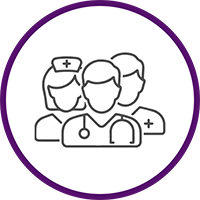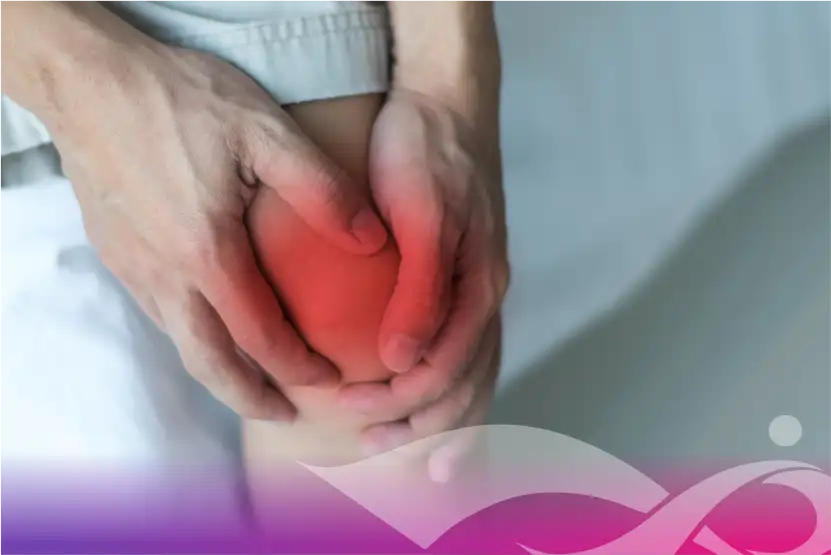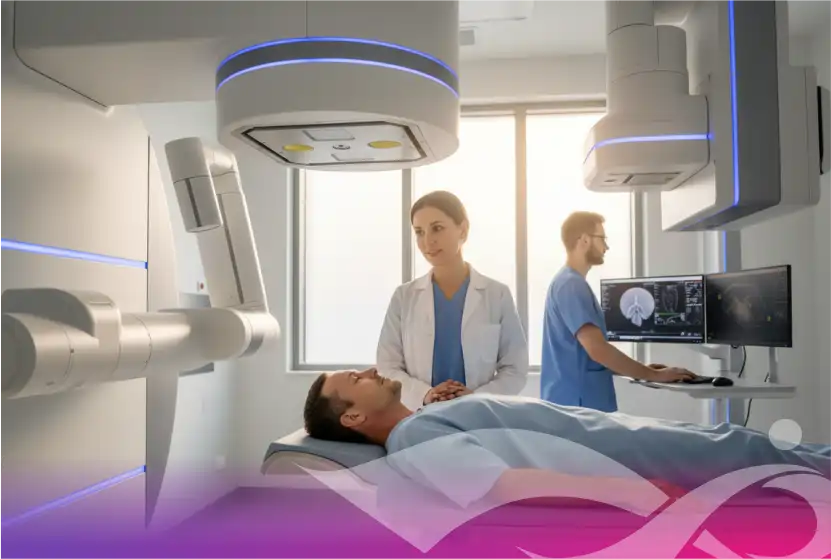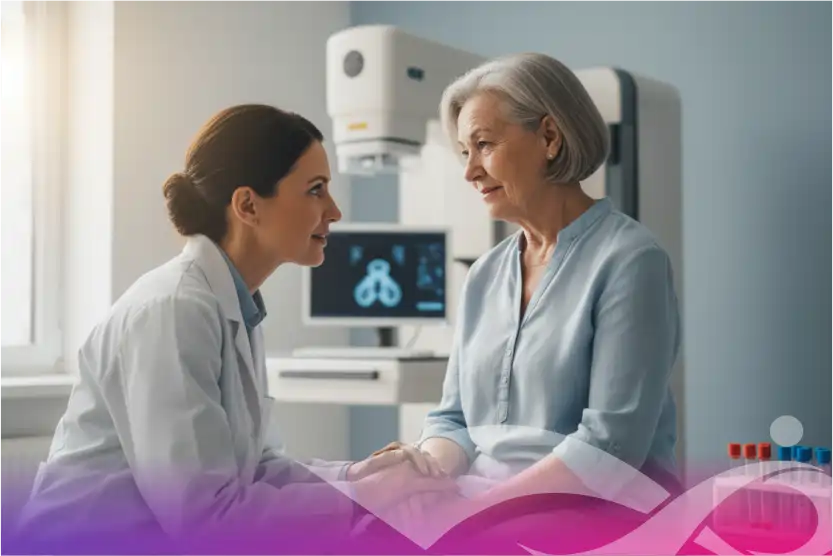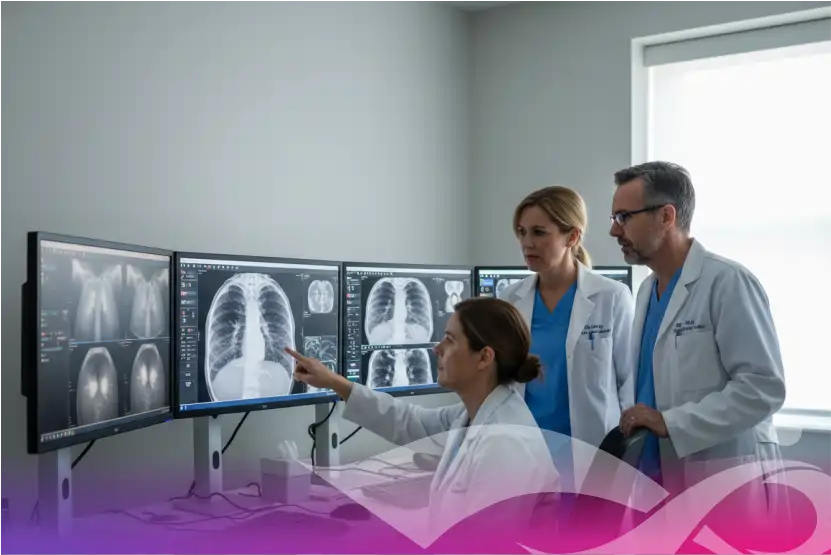Introduction
Most teenagers never imagine that pain in their leg could be cancer. In the OPD, a 17-year-old once said, “Doctor, I thought it was just a sports injury. I kept playing through the pain.” That pain turned out to be osteosarcoma a rare but aggressive bone cancer. Among the Osteosarcoma in children and young adults, early awareness is critical. Because when caught late, the fight becomes much harder.
How It Starts
Osteosarcoma usually begins in the long bones around the knee, thigh, or upper arm. The first sign is pain, often worse at night or after activity. Swelling may follow. Parents often assume it’s a sprain, or “growing pains.” Weeks pass before scans are done. By then, the tumor has grown. Recognizing these early Bone Cancer symptoms and diagnosis clues can make all the difference.
Why Young Adults Are at Risk
This cancer strikes mostly in teenage years and early twenties. Bones are growing rapidly at this stage, and that fast growth may trigger abnormal cell changes. Boys are slightly more at risk than girls. Unlike older adults, these patients are otherwise healthy which makes the diagnosis even more shocking for families.
Diagnosis and Staging
X-rays are often the first step. Then MRI or CT scans. A biopsy confirms the cancer. Doctors look for whether it has spread most commonly to the lungs. This staging guides the treatment plan. Families often struggle here, hearing words like “Stage II” or “metastasis.” But clarity is important, because treatment is not the same for everyone.
Treatment Options
Surgery and chemotherapy form the backbone of care. In the past, amputation was common. Today, limb-saving surgeries are possible in many cases. Chemotherapy before and after surgery helps shrink the tumor and reduce recurrence. Radiotherapy is less common, but may be used if surgery is not possible. Just as we monitor Survival rates in Bone Cancers, doctors constantly review how new drugs and better surgical methods are improving outcomes.
Hope and Survival
Survival depends heavily on stage and timing. If caught early and limited to the bone, survival rates are much better. Once it spreads, treatment becomes harder. But progress is being made survival numbers are improving with every decade. Families should know that osteosarcoma is tough, but not hopeless.
Final Words
Bone pain that lingers. Swelling that doesn’t go away. A limp that keeps returning. These are not things to ignore in teenagers or young adults. Awareness of Osteosarcoma in children and young adults can mean earlier tests, earlier treatment, and better chances. At IOCI India, we combine technology, surgery, and supportive care to guide families through one of the hardest journeys. And every case reminds us with cancer, time is everything.
Consult us at any of our locations across IOCI Noida, Greater Noida, Mumbai, Indore, Chh. Sambhajinagar, Agartala, Saharanpur, Kanpur and Jodhpur.

